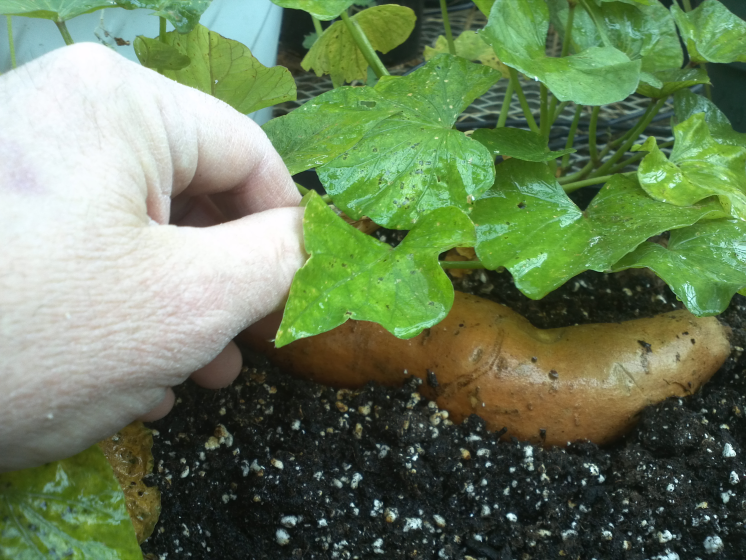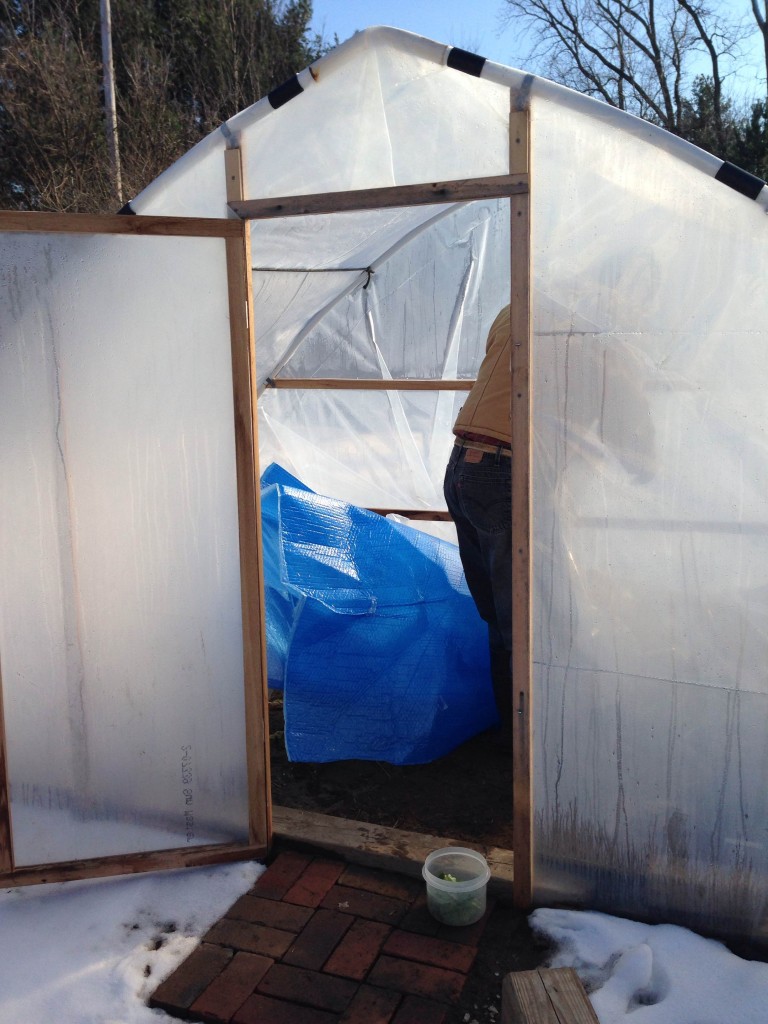A while back, I mentioned I was planning on planting some seeds in the hoop house since the soil temperature warmed up so nicely undercover.
Last week I planted about a third of the space with round red radishes, french slicing radishes, bib lettuce, a leaf lettuce salad combination, two varieties of spinach and a couple varieties of scallions.
When I went into the hoop house to move away the inner plastic covering, I was surprised to see several lettuce plants growing. Those were the same ones I gave up for dead a few weeks ago. Since they are already growing, they have a big head start compared to the seeds I just planted. I decided to leave them in place and nurse them along thinking, may as well harvest them for salad since I really don’t need the extra room right now.
At this stage of growth, those lettuce plants will act like a biennial instead of an annual plant.
Biennials are plants that need two growing seasons to complete their life cycle.
A complete plant life cycle starts with a seed that grows into a plant, the plant flowers then produces more seeds.
Since biennials need two seasons, they grow the first season then go dormant through the winter. They start growing again in the spring, then flower and produce their seeds. Once the seeds are produced, those original plants die and the life cycle starts over again.
Beets, onions, carrots and most of the cabbage family of plants are all biennials. Foxglove, pansies and hollyhocks are common biennial flowers.
I have seen this type of thing happen before after a mild winter. Usually the lettuce plants will make some growth, then quickly flower and begin to produce seeds.
I’ll just help them grow as much as possible and harvest them when they’re big enough to eat before they decide to start making seeds.
Bob


